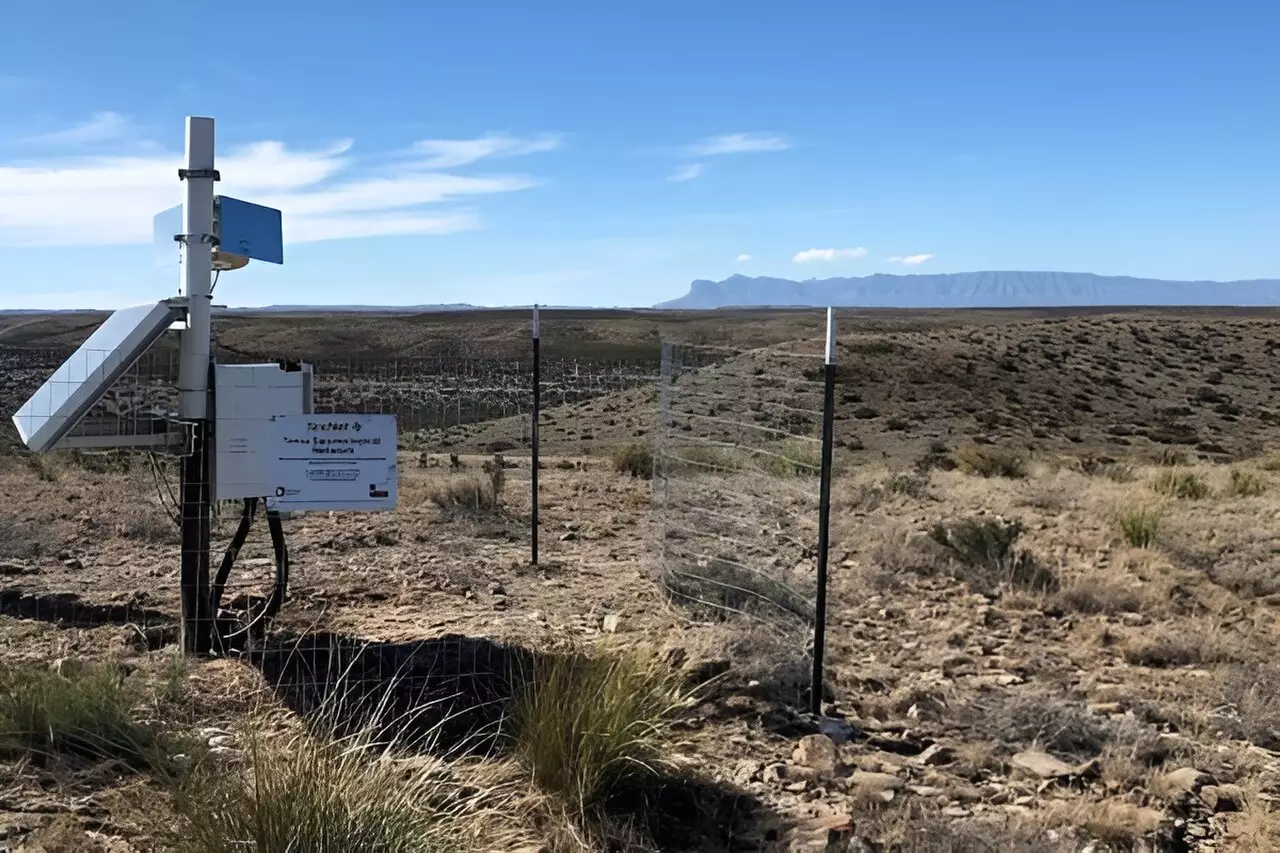Recent research conducted by a team of scientists at The University of Texas at Austin has unveiled some alarming findings regarding seismic activity in the Midland Basin. While past earthquakes primarily occurred in the southwest region near Odessa and Midland, the researchers have identified a new seismicity trend moving towards the northeast, specifically targeting the community of Big Spring. This shift in seismic activity has raised concerns due to the proximity of major cities along Interstate 20.
The researchers analyzed seven years of earthquake data collected by the TexNet seismic monitoring network from January 2017 to November 2023. This extensive dataset allowed them to identify a newly activated fault zone in the region, capable of triggering additional earthquakes. By using passive seismic analysis, the researchers were able to map previously unmapped parts of the Midland Basin fault system, highlighting a rift structure in the deep basement rock that appears to be widening over time.
The study revealed 15 distinct earthquake-producing zones within the fault system, with zones 6-8 northwest of Big Spring and Stanton being identified as more prone to earthquakes in the future. The researchers linked recent seismic activity, such as a 5.2 magnitude quake in 2022 in zone 6, to additional stress along the fault system propagating northeastward. The occurrence of a 3.7 magnitude and a 3.8 magnitude earthquake in zone 8 further supported their hypothesis.
The Midland Basin serves as a major hub for oil and gas extraction in Texas. The injection of wastewater from these operations into the subsurface has introduced stress along faults, leading to induced earthquakes. The researchers emphasize the importance of understanding the state of stress on the fault system to mitigate induced seismicity. Data from TexNet is crucial in helping operators make informed decisions to maintain low stress levels and ensure the productivity of the basin.
The shifting seismic activity in the Midland Basin poses a significant risk to nearby communities and infrastructure. The findings of this research highlight the importance of ongoing monitoring and analysis to better understand earthquake patterns and potential threats. By utilizing advanced techniques and datasets like TexNet, scientists can improve predictions and mitigation strategies to safeguard against the impact of induced seismicity in the region.


Leave a Reply